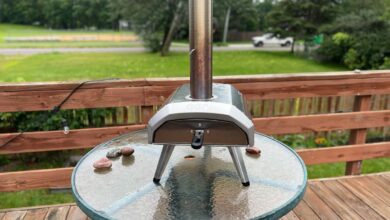Best Pellet Grill of 2024
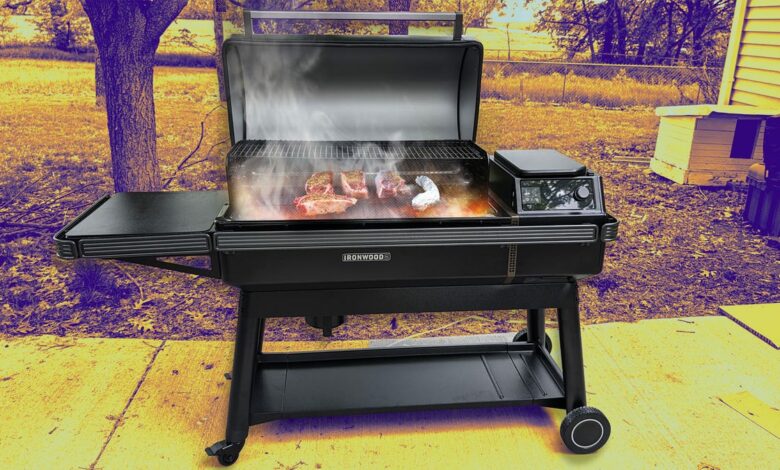
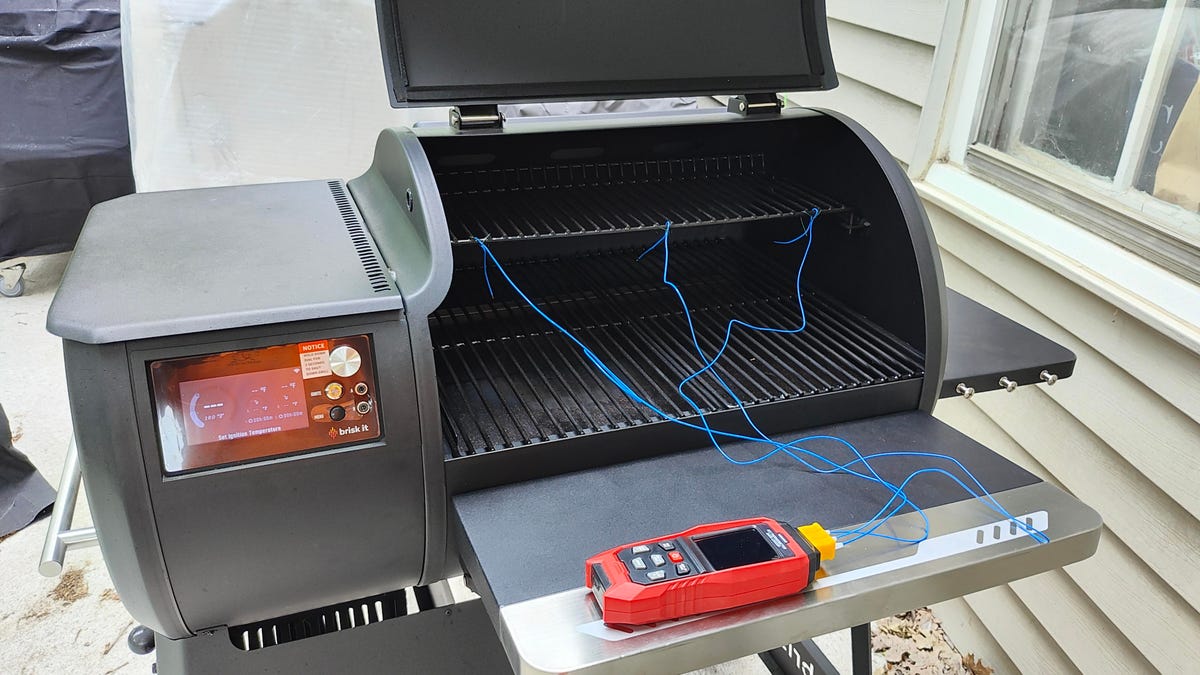
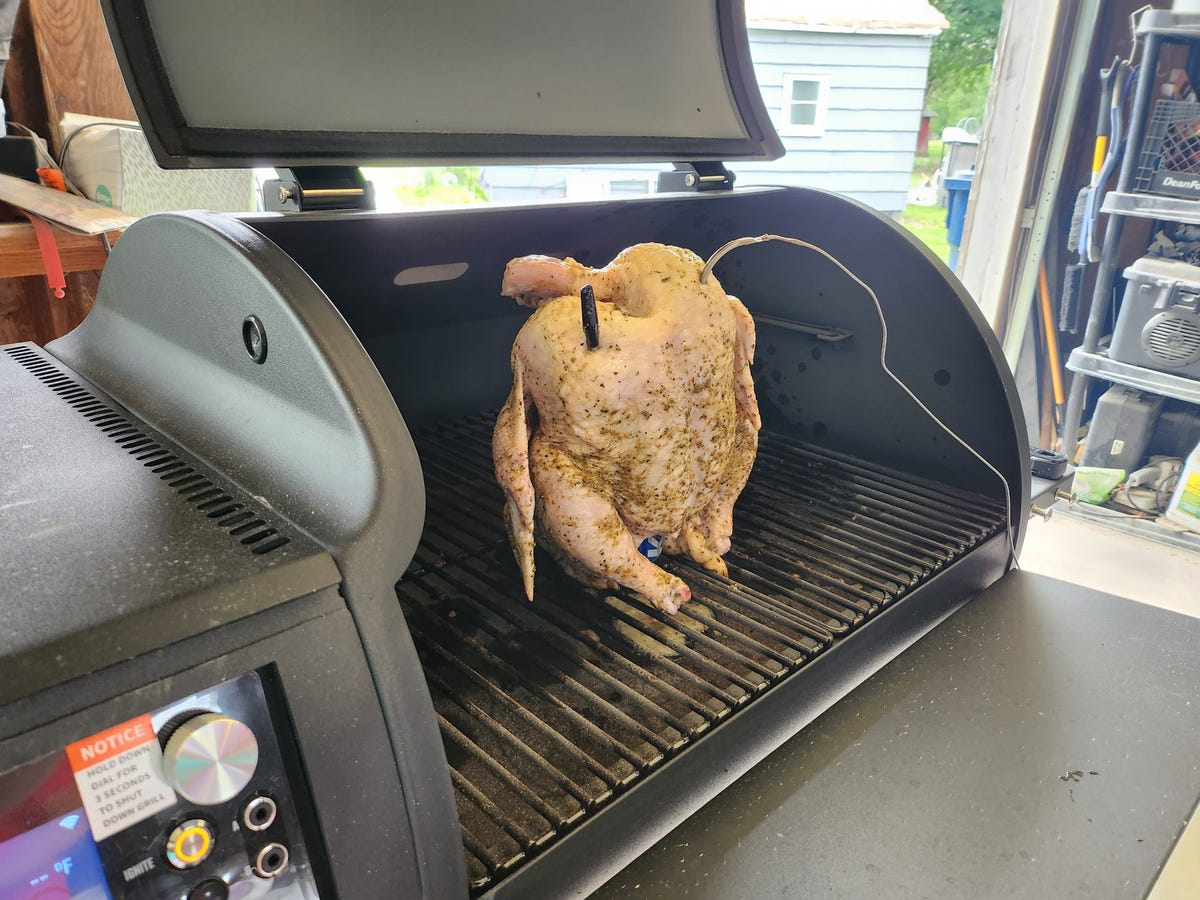
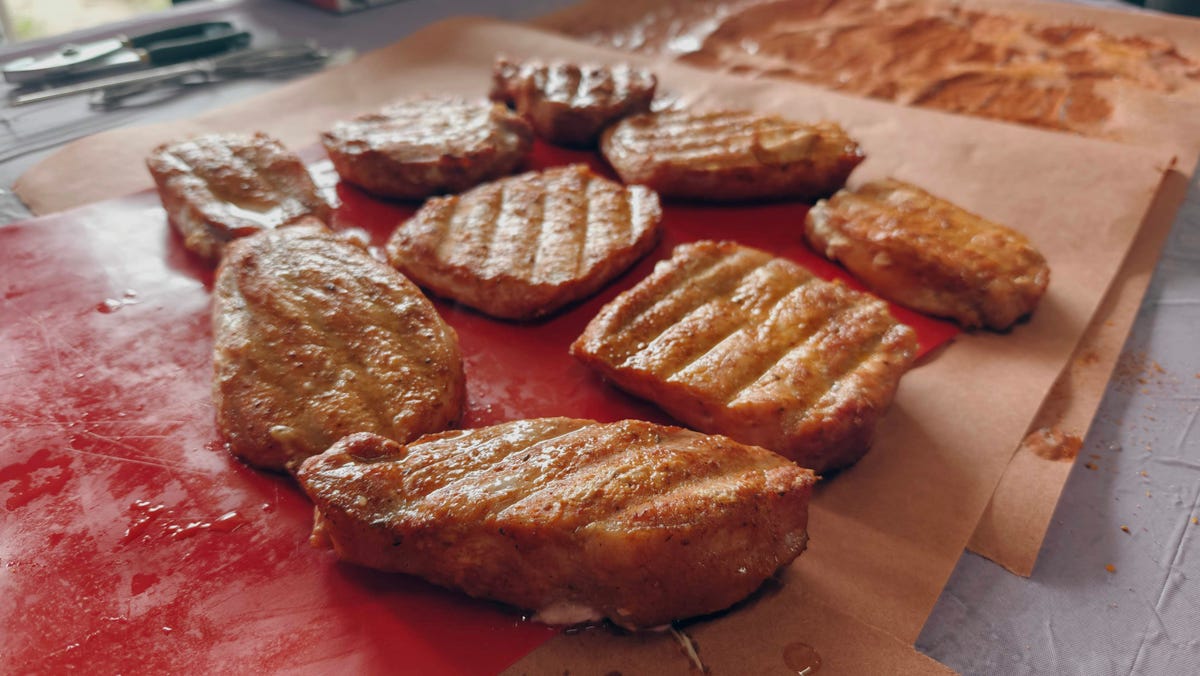
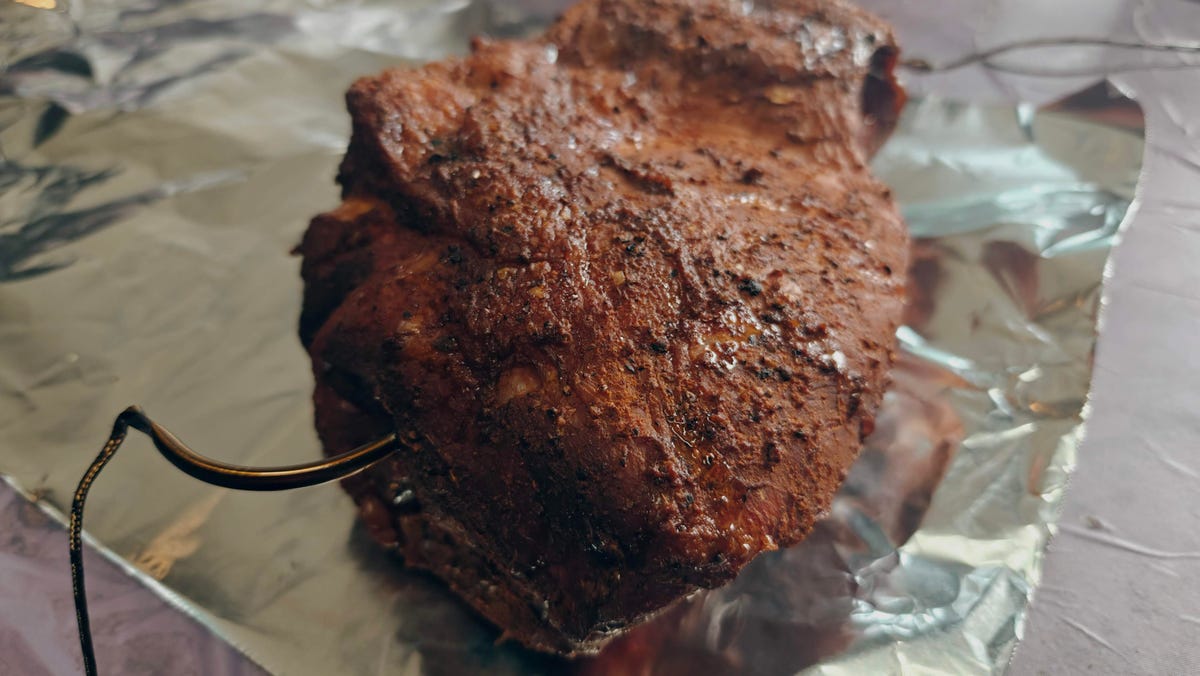
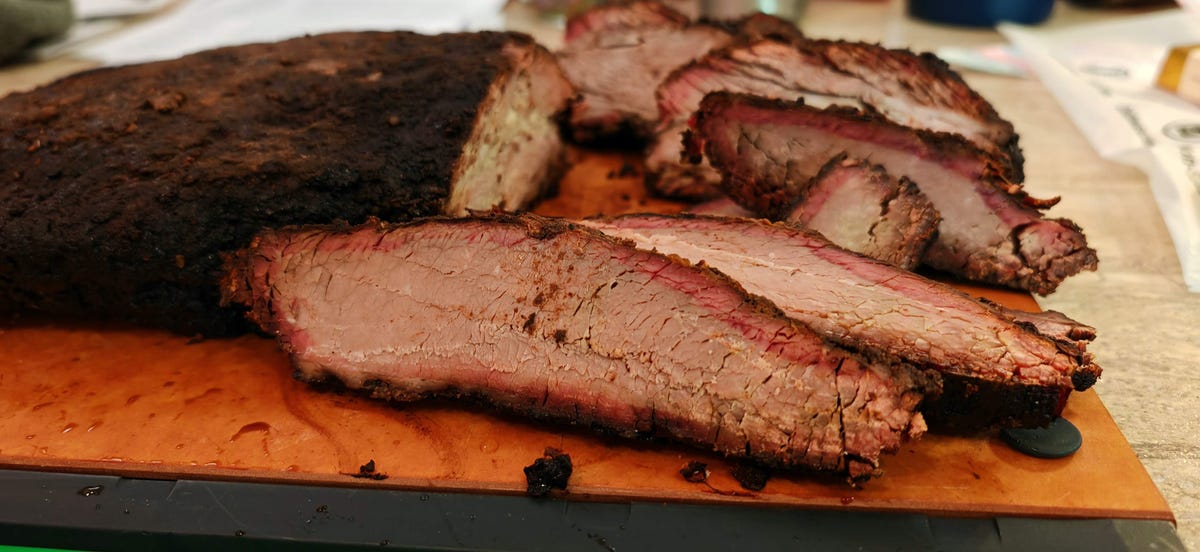

While most modern pellet grills have digital temperature displays and do a fairly good job of maintaining temperature, this is not always the case.
To determine the best pellet grill and how these products perform under different cooking scenarios, we conduct three tests. Based on different types of meat, methods, and heat settings, these tests reveal how efficiently and evenly a grill cooks (or doesn’t).
Smoking pork ribs slowly and at a low temperature is a perfect test for pellet grills.
Ribs
We have equipped each grill with a sensitive thermocouple thermometer at the grate level. This sensor is also connected to a laptop with data logging software.
Well-smoked spare ribs should be juicy, tender and deliciously smoky.
Next, we fire up the grill and set the temperature to 225 degrees F and start recording. Next, we remove the outer membrane from a rack of pork back ribs and season them with an all-purpose rub that we use for ribs and chicken. Once the grill thermometer reads that it has reached the desired temperature, we place it on the grates for at least three hours with the lid closed the entire time.

Beer can chicken is a great way to add flavor and juiciness to your chicken while cooking it on your pellet grill.
Chicken
To test average cooking times on medium heat settings, we grill a whole chicken at 400 degrees F. After trimming and seasoning the bird, we insert one temperature probe into each chicken breast, for a total of two probes per chicken. To keep our results as fair as possible, we weigh all of the chickens as close to 5.5 pounds as possible.
To spice things up, we also tested beer can chicken to provide another way to gauge chicken doneness. By standing the chicken upright while cooking, it provides another level of cooking precision for the grills, since not all meat is at the same relative distance from the heat. Using the same methods to track temperatures while cooking, the chickens turned out juicy and delicious over the smoky heat of 350 degrees.
By cooking burgers at high temperatures, we can see how a pellet grill sears meat.
Hamburgers
Burgers are our final test for our grill reviews. We measure out 5.3 ounces of 80/20 ground beef and press them into uniform patties. Those patties go into a grill basket and we insert a temperature probe into the center of each patty at a 45-degree angle.
With the grill preheated for 10 minutes on the highest setting, the basket goes on the grill. After six minutes of cooking, we turn the basket over and check the internal temperature. Once the last burger in the basket reaches 145 degrees F, the batch is done. A good burger in this test is one that has both a nice outside and a light pink inside.
When testing burgers, any hot spots on the grill surface will become visible if one burger consistently reaches 145 degrees Fahrenheit before the others in each round.
Pork chops

Buying a whole pork tenderloin and cutting your own chops not only saves you money, but also gives you uniform pork chops to cook.
For the chops I bought a whole pork tenderloin and cut chops of about 2.5 cm thick. This is not only more economical, but also ensures that the chops are of equal thickness for a more even cooking. After some seasoning the pork chops went on the grill in the middle.
Temperatures were controlled during cooking on a 350 degree grill, using the same methods as the hamburgers. The chops cooked evenly and relatively quickly, since there were no bones to contend with.
Boston pork butt

A Boston pork butt is a great cut of meat for pellet grills because it absorbs a lot of smoke and produces delicious meat that is ready to pull right out of the box.
For a longer cooking test, I used about 6 pounds of Boston pork butts, or pork shoulder, with a mixture of a sweet and savory dry rub with yellow and Dijon mustard as a binder. With the pellet grills set to 425 degrees F, each piece of meat was given two meat probes to check temperatures.
After cooking the meat to 165 degrees F internally, I wrapped it in butcher paper and placed it back on the grill until it reached 195 degrees F. Then it was time to let the meat rest for about an hour. Once that was done, I placed the meat in a dish and shredded it by pulling it apart, resulting in juicy, smoky, tender pork for sandwiches, macaroni and cheese, and so many other dishes.
Chest

Beef brisket can be tricky to cook because it requires a long time at low temperatures to properly break down the fat and meat fibers.
The final test was an even longer cooking time with beef brisket over a period of 13 hours. The meat was trimmed, treated with coarse kosher salt, yellow mustard, and a smokey beef rub, and then three meat probes were used to track the temperatures of the large piece of meat. Once that was all done, the brisket was placed in the center of the grill at 425 degrees.
After about six hours and an internal temperature of 165 degrees, I wrapped the brisket in parchment paper and put it back in the grill. When it reached 195 degrees, I wrapped it in aluminum foil to retain moisture and finished cooking at 225 degrees.
The grills produced juicy meat with a nice smoke ring that sliced nicely. Being able to maintain even, consistent heat for something like brisket that takes a long time to cook is essential for properly breaking down the fat and protein fibers for delicious food.



